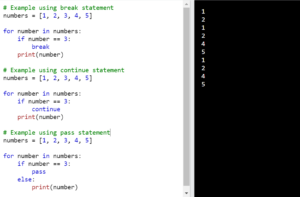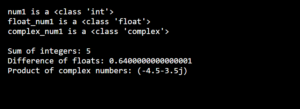A binomial distribution is a discrete random variable that uses the formula and specifies the probability of each possible value. It is the discrete random distribution.
Properties of binomial distribution:
- The experiments consist of n repeated trials.
- Each trial can result in two possible outcomes.
- The probability of success expressed by P is the same on each trial.
- The trail is independent, which means the one trail does not affect the other trails.
Let’s understand Binomial Distribution with an example
T=tail, H=head
Suppose two coins are tossed, the outcomes are [HH, HT, TH, TT]
| X | Outcomes | P(X=x) |
|---|---|---|
| Chances of Head | HH | only 1 time |
| Chances of Head-Tail | TH, HT | two times |
| Chances of Tail | TT | one time |
- so here the chances of the head are 25%,
- the head-tail is 50%
- and the tail is 25%.
- this rule follows the binomial distribution.
- Hence the formula is P(X=x).
- we can calculate this with the help of the formula P(X=x).
For example, one dice was throw that contains six sides, and the probability is printed as the output is

A real-life example of Binomial distribution
- The number of patients who test positive for corona by 1000 checkups.
- The number of defective items in 1 carton.
- How many times India win the match in a season.
- The daily sales of mobile on Amazon.






